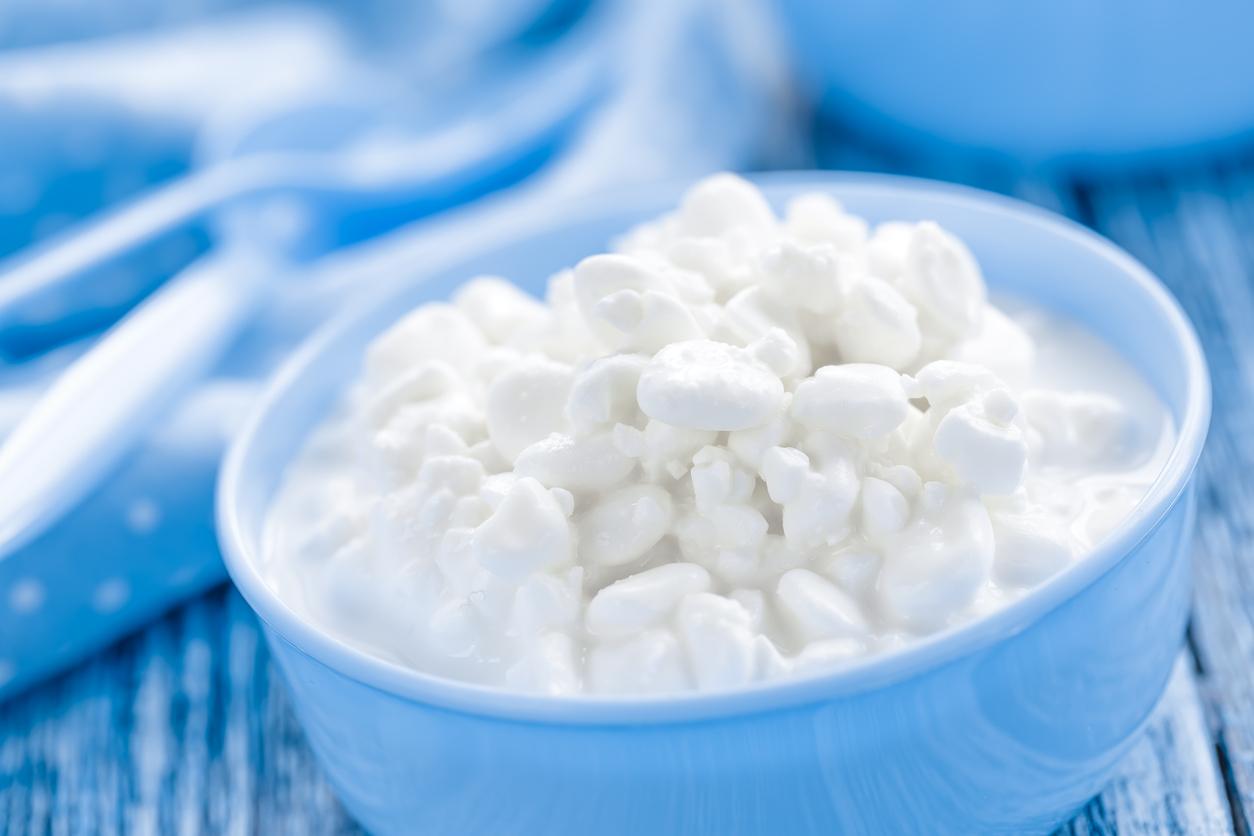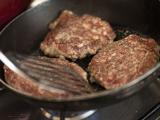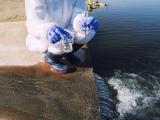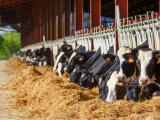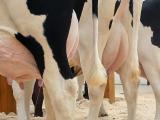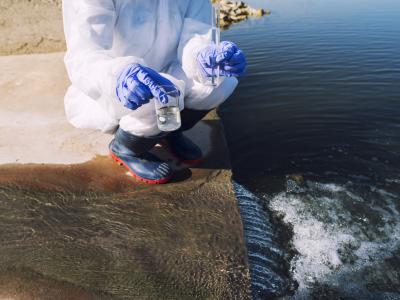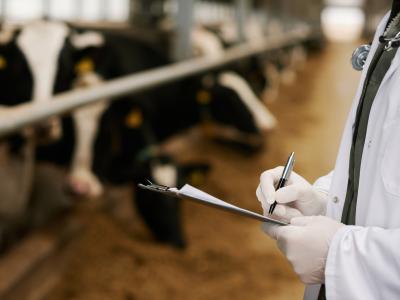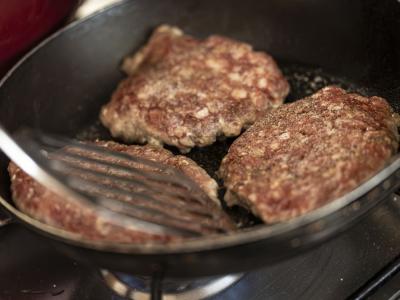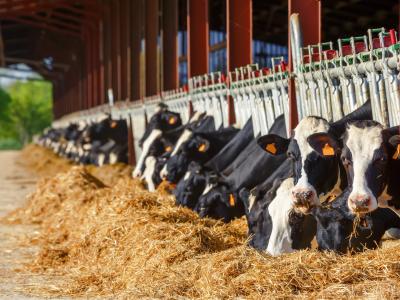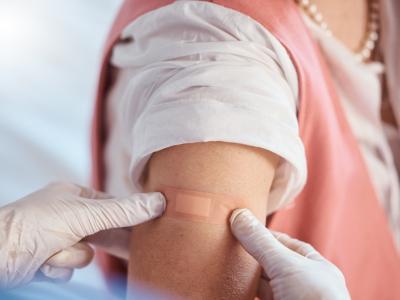In updates today from federal agencies involved in the response to H5N1 avian flu outbreaks in dairy cows, the US Department of Agriculture (USDA) said egg inoculation tests on cottage cheese and sour cream that tested positive for traces of the virus traces showed no live virus.
Dairy product testing will extend to raw milk
At a Department of Health and Human Services (HHS) briefing, Don Prater, DVM, acting director of the Center for Food Safety and Applied Nutrition, revealed preliminary data on a second set of retail dairy samples, a group of 201 that had tested positive on polymerase chain reaction (PCR) testing, which can only identify virus fragments.
Last week, the Food and Drug Administration (FDA) announced that preliminary tests on 96 PCR-positive retail milk samples were negative for live virus on follow-up tests using egg inoculation, considered the gold standard for determining viability.
Today the agency announced egg inoculation results for 201 more PCR-positive dairy product samples, which also included cottage cheese and sour cream. None showed any evidence of live virus, which Prater said reaffirms the FDA's assessment that the nation's retail milk supply is safe. So far, the FDA has tested 297 total retail dairy samples.
Earlier this week, the FDA said PCR tests were negative on samples of powered infant formula and powdered formula marketed for toddlers. Prater said the FDA will continue to analyze and share its data, but when asked if the agency has seen a regional pattern in the PCR-positives, he said milk bought in a state doesn't mean it was processed and pasteurized there.
Prater said the FDA has plans for more testing, including raw milk, which he said will give the agency a better picture of the viral load before pasteurization. In a statement, the FDA said it will test pooled raw milk that has been routed to pasteurization and processing for commercial use.
Even before the H5N1 outbreak in dairy cows was first detected in late March, the FDA recommended against drinking raw milk due to potential contamination with pathogens.
USDA reports 2 more infected herds, details beef testing plans
Rosemary Sifford, DVM, deputy administrator veterinary services and chief veterinary officer with the USDA, said 36 outbreaks have now been reported in dairy herds from nine states. Yesterday the USDA added 2 earlier outbreaks from New Mexico to its total.
Sifford said so far the extent of the spread isn't clear and that the agency hopes to learn more, now that the federal order for sampling lactating dairy cattle before interstate movement is in effect as of April 29.
Evidence still suggests that the source of the virus is a single spillover from wild birds to dairy cattle in multiple herds in the Texas panhandle and that the virus is spreading among cows through milk, Sifford said. "We think milk is the primary vector."
She said there's still no evidence of the virus in beef herds.
We think milk is the primary vector.
The USDA's Food Safety and Inspection Service (FSIS) has three beef sampling efforts under way, one involving ground beef, Sifford said, which was announced earlier this week. Another includes muscle sampling of culled dairy cows, though she said the virus doesn't seem to spread throughout the bodies of infected cows.
Another is to examine the effects of cooking beef patties at three different temperatures to ensure that the process kills the virus. "This will enhance the scientific data and add assurance to our safety statements," she said.
More than 100 exposed people have been monitored
Demetre Daskalakis, MD, MPH, who directs the Centers for Disease Control and Prevention (CDC) National Center for Immunization and Respiratory Diseases, said flu surveillance in areas where H5N1 has been detected still shows no unusual trends. More than 100 people who were exposed to the sick cattle have been monitored, and about 25 have been tested, he said.
So far the only human case was confirmed by Texas officials on April 1.
CDC scientists continue to characterize the virus, and efforts are under way to grow the virus isolated from the Texas patient to assess its severity and transmission in ferret studies, Daskalakis said.
Two safety and efficacy studies have begun on vaccines from two different companies that are using one of the two H5N1 candidate vaccine viruses, he added.
More H5N1 positive tests in other mammals
Separately, the USDA Animal and Plant Health Inspection Service (APHIS) reported eight more H5N1 confirmations in other mammals in seven states. The samples were collected from early December 2023 to the middle of March and were confirmed in March and April.
The animals include three bobcats (New York, Washington, and Vermont), two skunks (California and Idaho), a mink (Kentucky), a raccoon (New York), and a red fox (Missouri).
